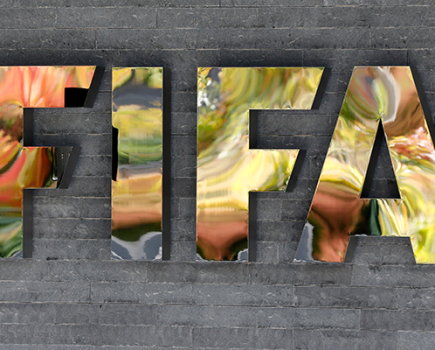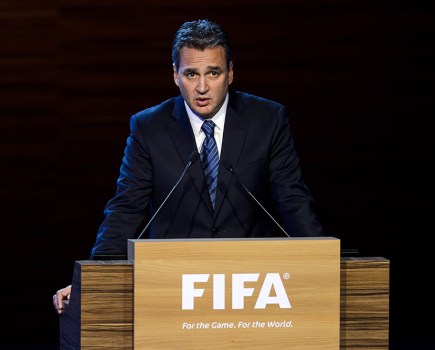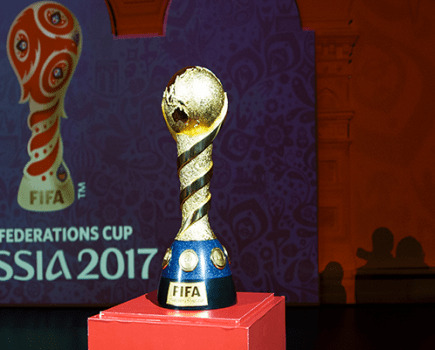 Simple mathematics and a happy accident of administration suggest that goal-line technology will be approved – at long last! – by a special meeting of the law-making International Football Association Board at FIFA headquarters in Zurich on Thursday.
Simple mathematics and a happy accident of administration suggest that goal-line technology will be approved – at long last! – by a special meeting of the law-making International Football Association Board at FIFA headquarters in Zurich on Thursday.
This is not the only issue on the agenda: also up for review are the five-officials system and the headscarf. But it is GLT which will command greatest attention.
It’s been the elephant in the IFAB conference room for more than a decade. Five years ago experimentation was abandoned because none of the systems tested came up to scratch. Then came Frank Lampard’s ‘phantom goal’ at the 2010 World Cup in South Africa.
FIFA president Sepp Blatter, until then an opponent of technology on the grounds that it infringed the ‘universality’ of the game, flip-flopped overnight under the weight of embarrassment. Experiments were revived and two systems – from Hawkeye and GoalRef – have been submitted to final testing this past spring.
Testing of Hawkeye – widely experienced in different versions in cricket, tennis and rugby – included the Wembley friendly against Belgium which provided England’s send-off to the Euro 2012 finals.
Blatter’s desire to see GLT approved was revealed starkly with his insistence that it was a “necessity” after the Ukraine-England incident when Marko Devic was denied an equaliser after John Terry hooked the ball out from beyond the goal-line. Hungarian assistant Istvan Vad could not have been better placed.
No matter that Ukraine should have been pulled up for offside earlier in the move: the ‘human eye’ system had failed at the highest European level. This was, according to Pierluigi Collina in his role as UEFA’s head of refereeing, the only error in more than 1,000 matches with the five-officials system over three years.
No matter, Blatter had been handed the final bullet to shoot down any remaining opponents of GLT (including UEFA president Michel Platini).
On Saturday, Platini’s UEFA executive committee made one last attempt to block the advent of goal-line technology. It approved the dispatch of a letter to FIFA and IFAB asking for a ‘debate on technology in football in general’ before any decision on goal-line systems.
Significantly, Geoff Thompson is the only British member of the 17-strong UEFA executive, and he holds no executive role within the Football Association. Hence, none of the eight British and FIFA votes within IFAB is bound by UEFA.
Approval within IFAB demands a three-quarters majority, i.e. six.
Each representative of the four British ‘home’ associations (England, Northern Ireland, Scotland and Wales) has a vote and all – after the annual meeting near London in March – declared themselves in favour of GLT in principle, pending satisfactory final testing.
The other four votes are controlled by FIFA.
But there is absolutely no possibility that Platini and his Luddite tendency can muddle the waters. This is because all the four FIFA votes are cast en bloc . . . by FIFA president Sepp Blatter.
And, as Platini said, when asked about the two men’s attitude to goal-line technology: “He knows what I think . . . and I know what he thinks.”






